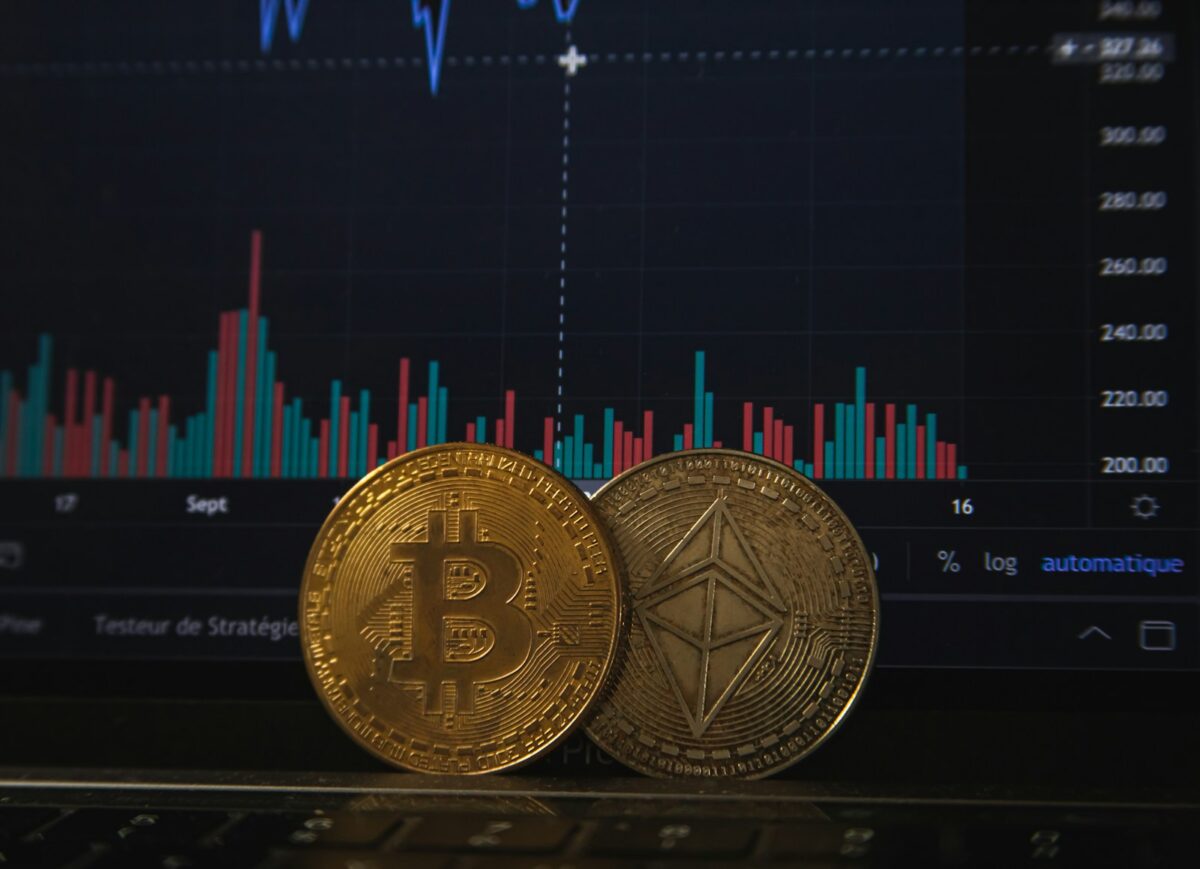
Understanding blockchain gaming

Assets within virtual platforms have transformed from mere in-game items to verifiable tokens that players truly own. This shift enables participants to transfer, sell, or leverage their possessions across different environments, establishing a new paradigm of digital ownership.
The rise of play-to-earn mechanisms introduces economic incentives directly tied to users’ engagement and success. By earning tradeable rewards backed by blockchain protocols, individuals can generate tangible value while interacting with immersive worlds.
Non-fungible tokens (NFTs) serve as unique identifiers for collectibles and avatars, ensuring scarcity and authenticity in these ecosystems. These components contribute significantly to the emerging economy, where supply-demand dynamics influence asset valuation.
The convergence of decentralized ledgers with expansive virtual universes–the metaverse–creates interconnected spaces offering persistent experiences. Understanding how secure record-keeping underpins trust and transparency is critical for appreciating this fusion between technology and interactive storytelling.
Understanding Blockchain Gaming
The integration of NFTs into interactive entertainment has transformed the concept of asset ownership within virtual environments. Unlike traditional in-game items, NFTs provide provable and immutable ownership recorded on decentralized ledgers, enabling players to truly possess unique digital assets across multiple platforms. This shift enhances interoperability and allows for secure trading or selling of items outside a single application’s ecosystem.
Play-to-earn models introduce new economic dynamics by rewarding users with cryptocurrency or tokenized assets for active participation. These mechanisms incentivize engagement beyond mere entertainment, creating self-sustaining economies where value flows between creators, players, and investors. Practical examples include Axie Infinity’s token-based economy which supports both gameplay and real-world income generation.
Technical Foundations and Applications
Decentralized networks underpin the management of game-related assets, ensuring transparency and resistance to censorship. Smart contracts automate transactions such as item exchanges or rewards distribution without intermediaries. These programmable agreements reduce fraud risks and increase trust among participants by providing verifiable rules executed autonomously.
Metaverse environments extend these principles by linking multiple virtual worlds through shared standards for asset representation and user identity. Projects like Decentraland illustrate how avatars, land parcels, and collectibles function as blockchain-registered tokens transferable between interconnected applications. This promotes continuity of ownership and persistent value within expansive ecosystems.
- NFTs: Establish uniqueness and scarcity for in-game assets
- Smart Contracts: Enable automated governance over asset lifecycle
- Token Economies: Facilitate incentivization via tradeable cryptocurrencies
- Interoperability Protocols: Support cross-platform utilization of digital goods
The evolution from centralized databases to distributed ledgers introduces challenges such as scalability and transaction throughput limitations. Layer-two solutions like sidechains or rollups mitigate latency issues while maintaining security guarantees necessary for seamless player experience. Monitoring emerging technical standards remains critical for developers aiming at mass adoption.
Empirical analysis shows that integrating blockchain elements into interactive recreation not only diversifies revenue streams but also empowers users with tangible control over their digital possessions. Experimental implementations encourage further research into balancing decentralization benefits against usability constraints–a key frontier for advancing this innovative sector.
How Blockchain Secures Assets
Decentralized ledgers guarantee the integrity and immutability of virtual assets by recording every transaction across distributed nodes. This architecture eliminates single points of failure, making unauthorized alterations virtually impossible. In applications involving play-to-earn models, such as those integrating NFTs, this ensures that ownership rights are transparently verifiable and securely maintained without reliance on centralized intermediaries.
The use of cryptographic hashing and consensus algorithms like Proof-of-Stake or Proof-of-Work enables the system to validate asset provenance continuously. Each transfer or modification of an item within a metaverse economy is cryptographically signed and linked to previous states, forming a tamper-resistant chain. This mechanism underpins confidence in digital ownership, allowing users to confidently trade or leverage their holdings across multiple platforms.
Technical Mechanisms Protecting Ownership
Token standards such as ERC-721 and ERC-1155 define unique identifiers for non-fungible tokens (NFTs), which represent scarce assets ranging from in-game collectibles to virtual land parcels. Smart contracts enforce rules automatically regarding transfers, royalties, and usage rights without manual intervention. By embedding these protocols at the application layer, decentralized ecosystems provide programmable control over assets that traditional systems cannot replicate efficiently.
A practical example arises in virtual marketplaces where players exchange items tied to specific smart contract addresses. Here, possession is proven cryptographically rather than by database entries controlled by third parties. If a user owns an NFT weapon or avatar accessory within a play-to-earn environment, they can verify its authenticity independently via public ledger explorers or node queries.
Furthermore, interoperability standards facilitate asset portability between different environments within the metaverse. Cross-chain bridges and wrapped tokens allow assets initially minted on one platform to be utilized elsewhere while preserving security guarantees. This capability strengthens economies built around digital goods by expanding liquidity options and reducing vendor lock-in risks commonly faced in centralized systems.
Security also extends beyond ownership verification into resistance against fraud and duplication. The decentralized consensus prevents double-spending attacks on virtual currencies underpinning these assets. Additionally, embedded metadata on NFTs stores attributes immutably, ensuring that associated properties such as rarity levels or upgrade histories remain consistent despite secondary market transactions.
Tokenizing In-Game Items
Tokenization of virtual items transforms traditional game assets into unique, tradable tokens on decentralized ledgers, enabling true ownership beyond the confines of a single platform. This process creates a verifiable scarcity and provenance for digital goods, often implemented as NFTs, which can be securely exchanged or sold within open economies. By integrating these tokens into the economy of metaverse environments, users gain enhanced control over their assets, shifting from mere usage rights to transferable property.
Applications of tokenized in-game items extend across multiple layers of interaction, from cosmetic customization to functional upgrades affecting gameplay mechanics. These assets become interoperable components within and between virtual worlds, fostering ecosystems where players can participate in play-to-earn models. Such models incentivize engagement by enabling asset monetization through trading or leasing, backed by transparent smart contract protocols that guarantee fairness and reduce fraud risks.
The technical implementation requires robust standards such as ERC-721 or ERC-1155 to represent non-fungible and semi-fungible tokens respectively, ensuring compatibility with wallets and marketplaces. Case studies like Axie Infinity demonstrate how tokenized creatures function both as game characters and financial instruments within an integrated economy. Furthermore, platforms like Decentraland showcase how land parcels tokenized as NFTs serve as foundational assets for user-generated content and services, emphasizing the utility of these digital commodities in expansive metaverses.
Challenges include scalability constraints and gas fees on public chains, which affect transaction throughput and cost-efficiency when transferring numerous small-value assets. Layer 2 solutions and alternative consensus mechanisms offer promising avenues to address these issues without compromising security or decentralization. Experimental frameworks continue to explore seamless integration of tokenized assets into mainstream applications, aiming to enhance liquidity while preserving the uniqueness essential for collectible value in virtual environments.
Play-to-Earn Models Explained
Play-to-earn (P2E) models redefine the interaction between users and virtual environments by enabling participants to earn tangible value through their in-platform activities. These models rely on tokenized assets, often represented as non-fungible tokens (NFTs), which confer true ownership and transferability beyond traditional centralized ecosystems. By integrating such digital property rights, P2E applications facilitate a sustainable economy where players exchange, trade, and monetize virtual goods.
The core mechanism involves rewarding players with cryptocurrencies or NFTs tied to specific achievements or contributions within the metaverse. This approach transforms passive consumption into active participation, incentivizing skill development and strategic engagement. The resulting asset liquidity creates secondary markets that support diverse economic behaviors, ranging from casual trading to professional investing.
Technical Structure of Play-to-Earn Systems
P2E frameworks operate through smart contracts that govern asset distribution and enforce transparent rules for earning rewards. These programmable agreements eliminate intermediaries by automating payouts based on predefined conditions such as completing quests or winning competitions. The immutability of transaction records enhances trust and auditability across all stakeholders involved.
Examples like Axie Infinity illustrate how integrated economies emerge around unique digital creatures as NFT assets, each with distinct traits influencing gameplay performance and market value. Users can breed, battle, or sell these entities within decentralized marketplaces, generating real income streams linked directly to player activity metrics stored on-chain.
In addition to play mechanics, several projects incorporate governance tokens allowing participants influence over protocol upgrades or economic parameters. This decentralized decision-making fosters community-driven evolution while aligning incentives for long-term ecosystem health. Understanding tokenomics in these contexts is critical for evaluating project sustainability and potential returns.
The extension of P2E concepts into broader virtual worlds emphasizes interoperability between multiple applications within the metaverse. Cross-platform asset compatibility enables seamless user experiences where possessions maintain utility across different environments. Such integration poses technical challenges involving standardized metadata schemas and consensus on asset provenance but promises enhanced scalability of user-owned economies.
Conclusion: Advancing Wallet Integration in Interactive Platforms
Integrating wallets directly into interactive environments enables seamless management of virtual assets and NFTs, establishing unequivocal ownership while enhancing user autonomy. This fusion transforms traditional asset custody models by enabling direct interaction with blockchain-registered items within gameplay and broader applications, ensuring persistent digital provenance across evolving metaverse spaces.
Technical implementation demands robust interoperability protocols to securely synchronize wallet data with gaming engines and external marketplaces, supporting real-time transactions without compromising latency or user experience. Future iterations will likely incorporate decentralized identity frameworks and multi-chain compatibility, amplifying access to diverse play-to-earn economies and expanding how value circulates between users and platforms.
Key Implications and Prospective Developments
- Ownership Paradigm Shift: Wallet integration anchors true possession of virtual collectibles, fostering new monetization models beyond conventional licensing.
- Enhanced Asset Portability: Interoperable wallets facilitate the movement of NFTs and tokens across multiple titles and metaverses, encouraging cross-platform engagement.
- Security Considerations: Implementing multi-factor authentication combined with hardware wallet support reduces exposure to fraud within dynamic digital ecosystems.
- Emerging Economic Models: Play-to-earn mechanisms leverage integrated wallets for transparent reward distribution, incentivizing sustained participation through verifiable ownership incentives.
- Developer Toolkits: APIs designed for wallet connectivity simplify embedding asset interactions directly into game logic, accelerating innovation cycles.
The progressive adoption of wallet integration is a cornerstone in evolving interactive entertainment toward interconnected metaverse realities where digital property rights are enforceable at scale. Experimentation with layered security measures alongside adaptive economic systems will define next-generation applications that empower users as active participants rather than passive consumers. Continued research on protocol standardization and developer-centric tools promises to unlock unprecedented opportunities for immersive experiences grounded in verifiable ownership of intangible assets.


